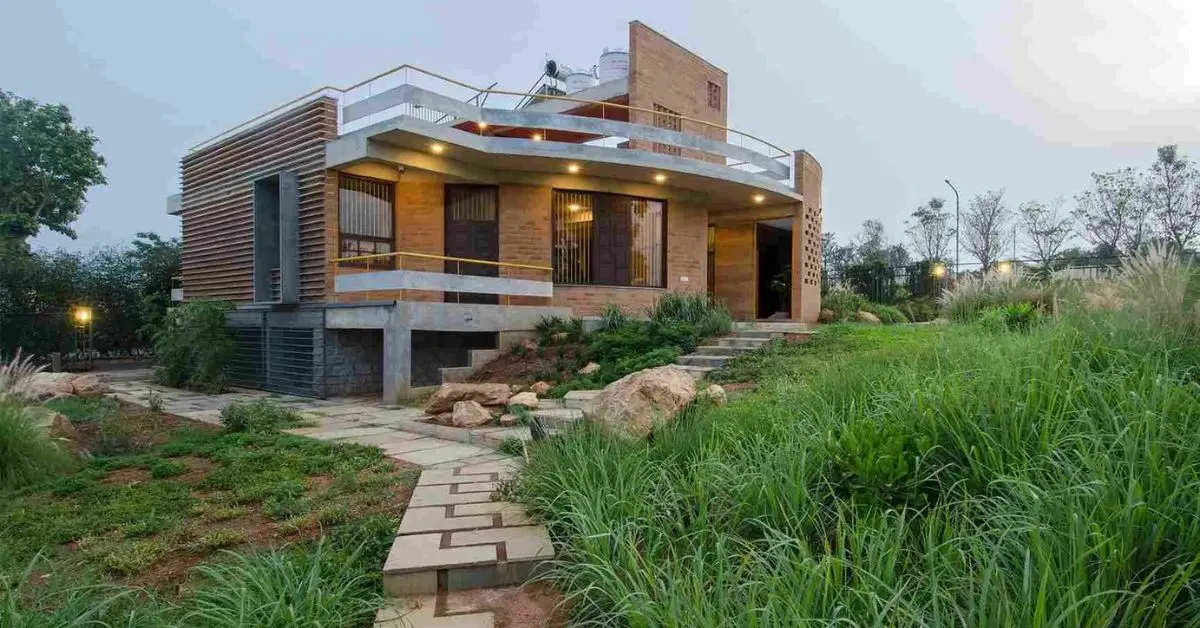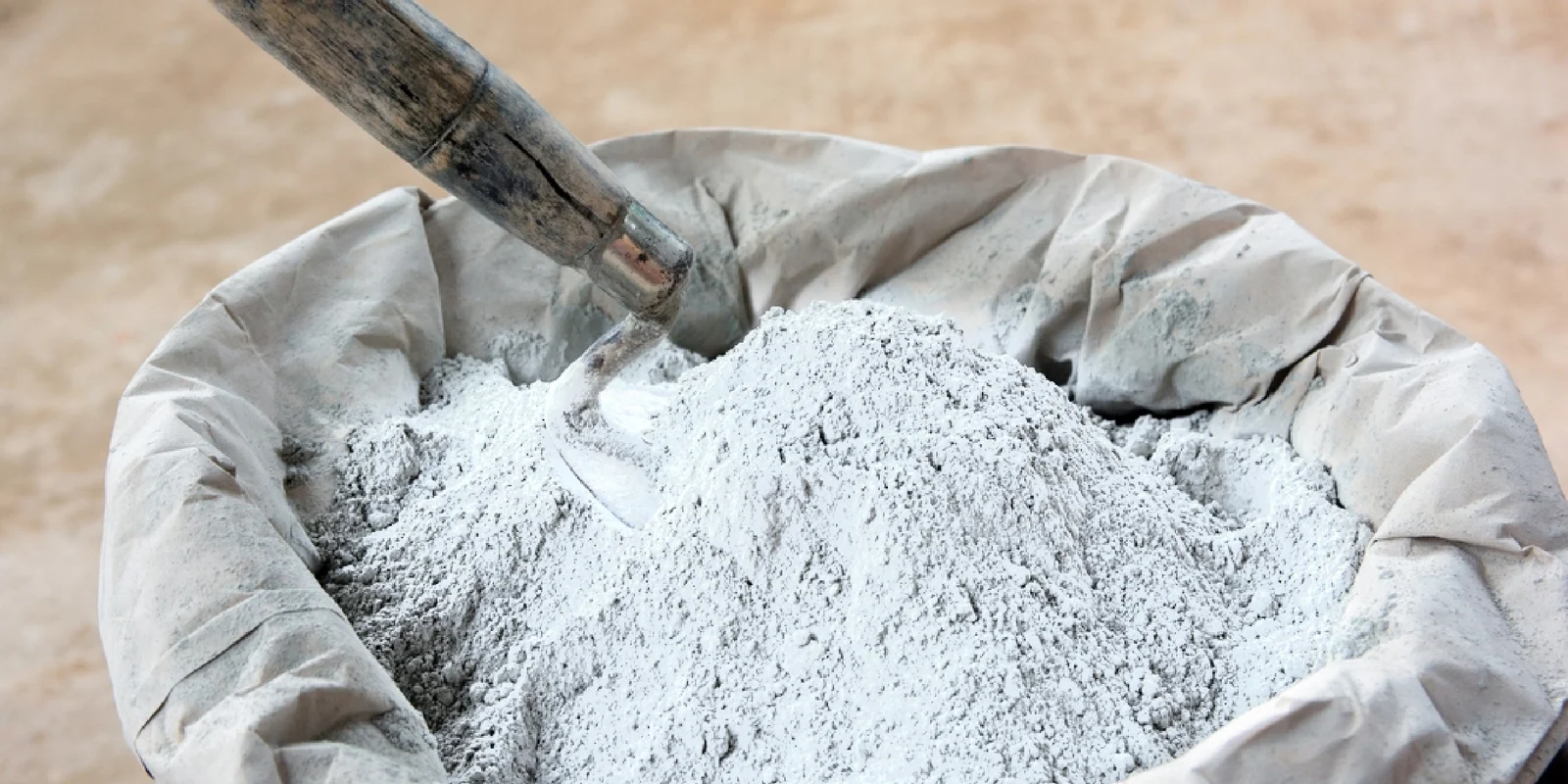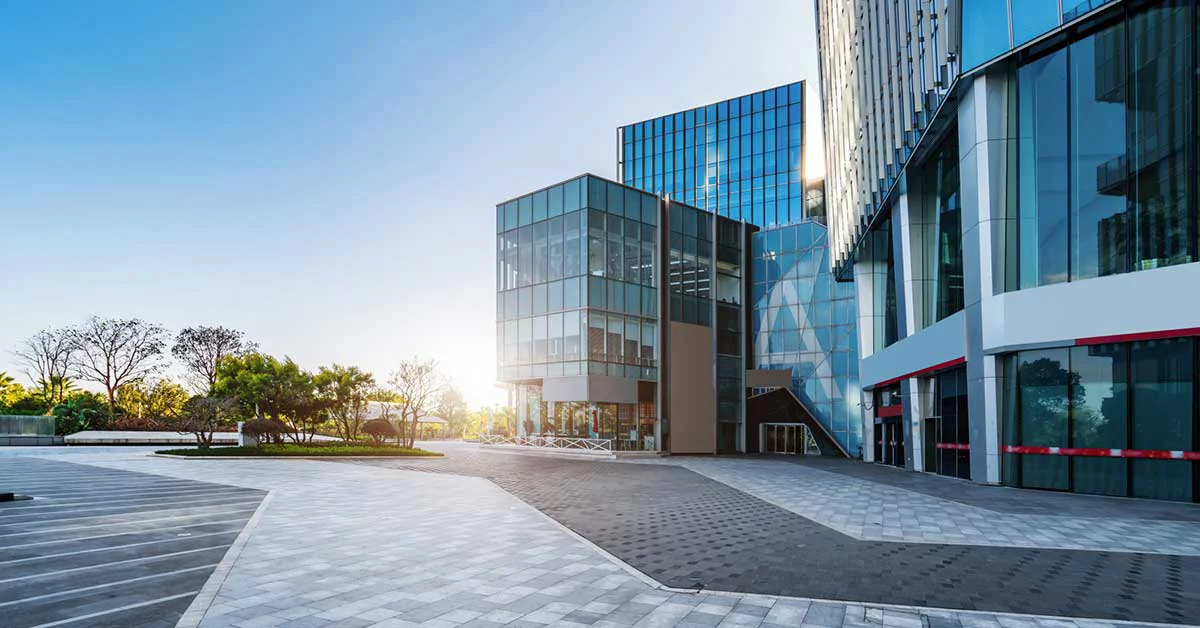Table of Content
- Introduction
- 1. Bamboo: Nature’s Renewable Wonder
- 2. Recycled Steel: Strength Meets Sustainability
- 3. Rammed Earth: Timeless and Thermal
- 4. Cork: Light, Resilient, and Renewable
- 5. Reclaimed Wood: Old is Gold
- 6. Hempcrete: The Future of Green Construction
- 7. Straw Bales: Insulation at Its Best
- 8. Mycelium: Building with Fungi
- 9. Solar Tiles: Harnessing the Sun
Introduction
More than ever, people are looking for ways to reduce their environmental impact—and one of the best ways to do that is by making sustainable choices when building or renovating our homes. From selecting eco-friendly materials to making sure your home is energy-efficient, the choices you make can really make a difference.
So, if you’re planning to build your dream home or even just do a bit of renovating, here are nine sustainable materials that are not only good for the planet but can also bring warmth, beauty, and character to your space. Let’s dive in!
1. Bamboo: Nature’s Renewable Wonder
Bamboo is frequently mentioned as the best example of sustainability. It grows faster than almost any other plant and is very flexible. You can use it for flooring. bamboo cabinets, or in the case of bamboo as a structural material.
- Why use bamboo?
Bamboo grows back quickly from 3-5 years, making it extremely renewable. Bamboo is NOT a hardwood and is smaller than a tree, so when you harvest it, there is no deforestation.
- Real world example:
Modern-day houses in Southeast Asia are often made from bamboo for both aesthetics and durability. Companies like Bamboo Living Homes in Hawaii use bamboo to create beautiful eco-friendly homes.
Also Read: Top 9 Roof Cooling Paint Brands to Beat the Heat
2. Recycled Steel: Strength Meets Sustainability
Steel may not initially prompt thoughts of ecology, but recycled steel can really make a difference. It decreases the need for more mining and cuts down on energy use!
- Applications
Recycled steel is great for framing and roofing and has strength above the rest, making it useful for hurricane-prone or earthquake-prone areas.
- Interesting Fact
If you use recycled steel to build just one house, it is enough energy savings to power 6 houses for a year!
3. Rammed Earth: Timeless and Thermal
Rammed earth construction is thousands of years old, but has surged in popularity due to its sustainability and thermal performance qualities. This technique is used to compress soil in layers to build durable walls.
- Advantages
Unlike conventional construction with insulation that i usually less effective, high thermal mass enables indoor temperatures to be regulated, thereby minimizing or eliminating the need for mechanical heating/cooling.
- Cultural Connection
Historically, rammed earth construction was utilized in traditional buildings (Indian and Moroccan) and showcases that rammed earth construction is robust and a timeless way to construct.
4. Cork: Light, Resilient, and Renewable
Derived from the bark of cork oak trees, cork is not only sustainable but also biodegradable and lightweight.
- Best Uses
Cork works wonderfully as flooring, insulation, or even wall coverings, adding warmth and soundproofing to interiors. - Sustainability Factor
Harvesting cork doesn’t harm the tree—it regenerates its bark every nine years.
5. Reclaimed Wood: Old is Gold
Using reclaimed wood not only reduces demand for new lumber but also adds character to your home.
- Where to Use It
Perfect for beams, flooring, and furniture, reclaimed wood offers a rustic charm that’s hard to replicate. - A Story to Tell
Every piece of reclaimed wood has history—whether it’s from an old barn or a decommissioned ship, it brings a unique narrative to your home.
Also Read: How to Combat Bed Bugs Effectively in Apartment Buildings
6. Hempcrete: The Future of Green Construction
Hempcrete, a blend of hemp fibers, lime, and water, is a lightweight, eco-friendly alternative to traditional concrete.
- Benefits
Hempcrete is breathable, resistant to mold, and provides excellent insulation. It also absorbs carbon dioxide during curing, making it a carbon-negative material. - Global Adoption
Countries like France are leading the way in using hempcrete for residential and commercial projects.
7. Straw Bales: Insulation at Its Best
Straw bales may seem unconventional, but they’re incredibly effective as an insulating material. When tightly packed, they can be used as walls, covered with plaster for added protection.
- Why Consider Straw Bales?
They’re affordable, biodegradable, and provide excellent insulation, reducing energy bills significantly. - Success Story
Eco-friendly communities in the US, such as Earthaven in North Carolina, have successfully integrated straw bales into their homes.
8. Mycelium: Building with Fungi
Mycelium, the root structure of fungi, is an innovative and biodegradable material that’s growing in popularity.
- Applications
It can be molded into bricks, insulation panels, or decorative items. Its rapid growth cycle makes it a sustainable choice for green building. - Eco-Cool Factor
Mycelium decomposes naturally, leaving no trace, unlike traditional synthetic materials.
9. Solar Tiles: Harnessing the Sun
Beyond materials, energy efficiency is a cornerstone of sustainability. Solar tiles double as roofing while generating renewable energy.
- Advantages Over Traditional Panels
Unlike bulky solar panels, solar tiles blend seamlessly into the roof, offering a sleek aesthetic. - Real-World Impact
Tesla’s Solar Roof tiles are revolutionizing how homes harness solar power, combining functionality with elegance.
Also Read: 9 Best Chimney Brands in India: Your Ultimate Guide to Top Kitchen Chimneys
Conclusion
Using sustainable home building materials is about more than changing behavior to reduce impact on the environment: it’s about creating space that is healthier, efficient, and timeless. You can choose the rustic elegance of reclaimed wood or the futuristic feel of mycelium, each material offers its own advantages to you and the planet.
Investing in these materials not only prepares your home for the future, but it also shows your peers the possible ways forward. Ready to take the plunge







_1766473246.webp)


Ans 1. Sustainable building materials are eco-friendly alternatives to traditional construction materials. They are renewable, energy-efficient, and have a lower environmental impact during production, use, and disposal.
Ans 2. Bamboo is fast-growing, highly renewable, and flexible. It doesn’t contribute to deforestation when harvested properly, making it an ideal choice for flooring, cabinets, and even as a structural material in homes.
Ans 3. Recycled steel reduces the need for mining and uses less energy compared to producing new steel. It’s strong and durable, making it ideal for framing and roofing, especially in areas prone to natural disasters.
Ans 4. Rammed earth provides excellent thermal mass, meaning it naturally regulates indoor temperatures. This reduces the need for artificial heating or cooling, lowering energy consumption and providing a comfortable indoor environment.
Ans 5. Cork is a lightweight, biodegradable material that works well as flooring, insulation, and wall coverings. It’s a renewable resource that doesn't harm the cork oak tree when harvested, making it a sustainable option for homes.
Ans 6. Reclaimed wood repurposes old wood from previous structures, reducing the demand for new timber. It adds unique character and history to homes, and its use in beams, flooring, and furniture promotes sustainability and reduces waste.
Ans 7. Hempcrete is an eco-friendly alternative to traditional concrete. It’s breathable, resistant to mold, and provides excellent insulation. Additionally, it absorbs carbon dioxide during curing, making it a carbon-negative material.
Ans 8. Yes, straw bales are an effective and affordable insulating material. When tightly packed and covered with plaster, they create well-insulated walls that help reduce energy consumption, making them ideal for eco-friendly homes.
Ans 9. Mycelium is the root structure of fungi and can be molded into bricks, insulation panels, or decorative items. It’s biodegradable and grows quickly, making it a sustainable option for building materials that leave no environmental trace
Ans 10. Solar tiles are roofing materials that double as solar panels, generating renewable energy. Unlike traditional solar panels, solar tiles blend seamlessly into the roof, providing both functionality and aesthetic appeal while reducing energy costs.